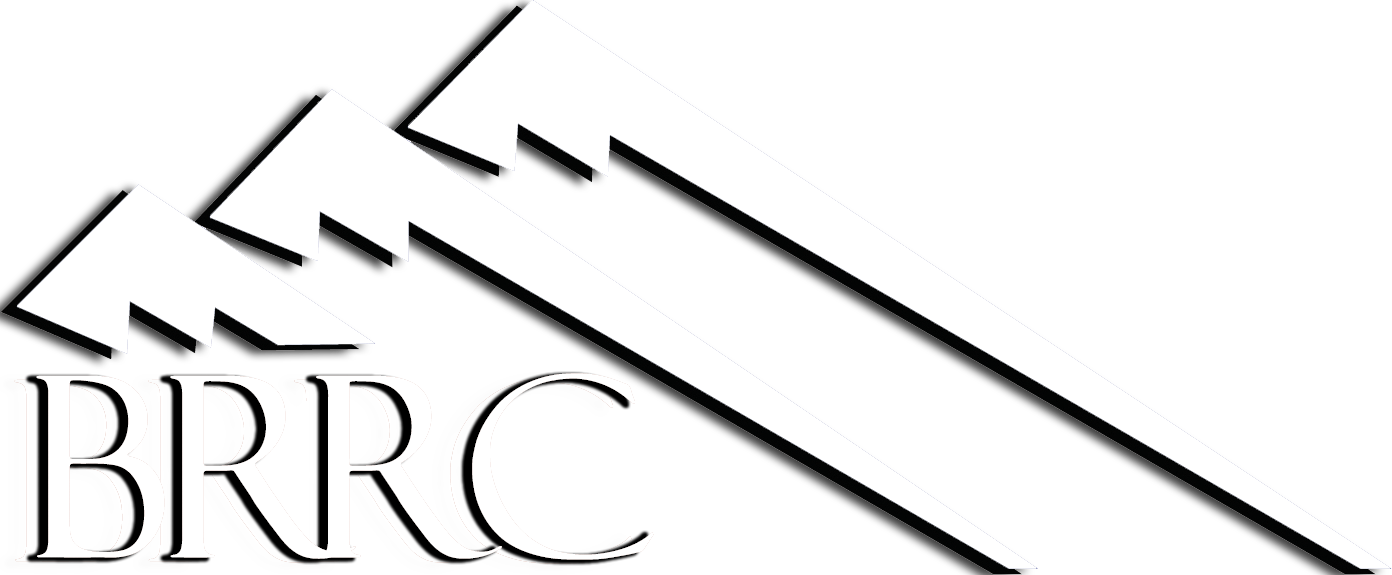
Ambient Soundscape Model
BRRC developed a machine learning model to predict the average ambient sound level anywhere on Earth. The model was trained to identify relationships between more than 1.5 million hours of ambient sound level measurements and environmental variables such as the population density, land cover, and climate. These environmental variables are used to predict the sound levels produced by humans, animals, water, and weather at locations where no measurements were taken. BRRC applied the machine learning model to create the first-ever global map of the median ambient sound level. Learn more…

BRRC’s Rocket Noise Model - RUMBLE
BRRC’s Rocket Noise Simulation Model, RUMBLE, was selected for ACRP Project 02-66. RUMBLE provides an efficient noise prediction model that produces accurate output relevant to environmental analysis of commercial space operations and airport/space launch site facilities. The RUMBLE modeling methodology reflects the best available science and practices, and has been reviewed and accepted by FAA AEE for use in commercial space studies. The model’s input parameters and user interface were specifically designed to maintain a level of consistency with the AEDT modeling platform to ensure smooth future integration. The user manual and example cases highlight the model’s features and provide potential users with a better understanding of the model’s operation and capabilities.

Flight Trajectory Optimizer
BRRC has developed a flight trajectory optimization system that will provide the DoD with a tool to better balance the needs of reducing community noise impacts while maximizing the ability and effectiveness of training operations. Our optimization system provides the most cost effective near-term solution for jet noise reduction that can be applied to any military aircraft at any airfield for relatively small incremental costs. In addition, BRRC is developing advanced acoustic propagation and detection algorithms for use with Unmanned Aircraft Systems. Learn more...

Air Weaponry Noise Model
BRRC developed a new environmental noise model, entitled NoiseRunner, for DoD air weaponry operations. The project objectives were to (1) characterize the noise generated by airborne weapon systems, (2) evaluate and refine current weapon-noise propagation algorithms for airborne platforms, and (3) incorporate these refined algorithms and additional data requirements into a new noise model simulation. NoiseRunner enables a new set of operational scenarios to be modeled, assisting in public understanding of potential noise impacts and their mitigation.

NPS “Upgrades to NMSim Software”
BRRC has upgraded the current version of the National Park Service’s noise simulation model NMSim to include the Nord2000 propagation algorithm, and to allow for more advanced data input. Nord2000 is an advanced ray-tracing noise model that includes refraction by the atmosphere and diffraction around terrain. Other advancements include better importation of terrain data, and the ability to import vehicle trajectory files from external sources, such as shapefiles.

MRNMAP Noise Model Improvements
BRRC updated the US Air Force’s Military Operating Area and Route NoiseMap model (MRNMap). These updates included the aligning the reference noise database with NoiseMap, the expansion of the calculations of area operations, and the addition of more supplemental metrics. Advances in computing power have made such improvements possible, and MRNMap is now equipped with a more robust calculation engine, which has the capacity to produce more accurate results.






